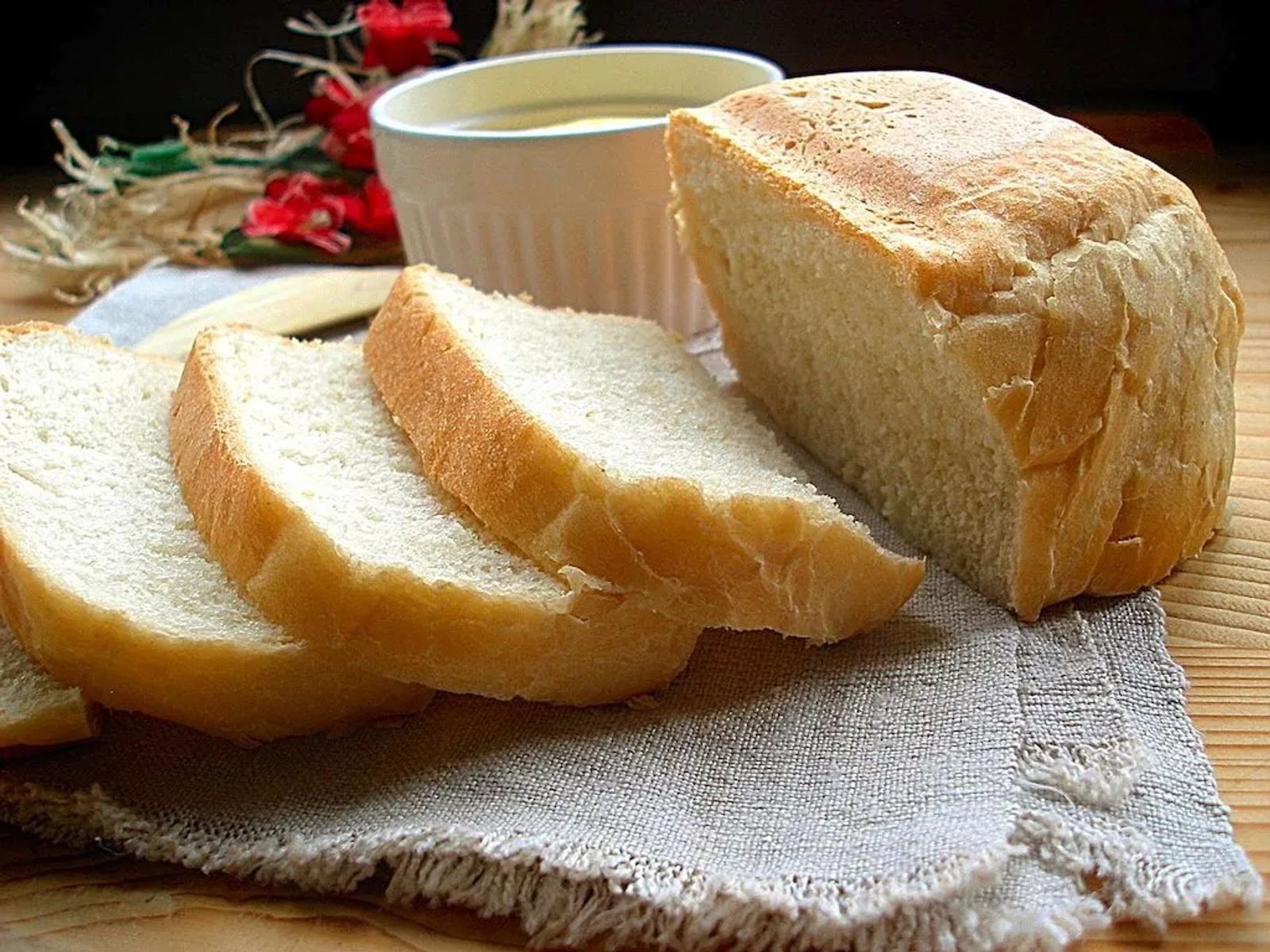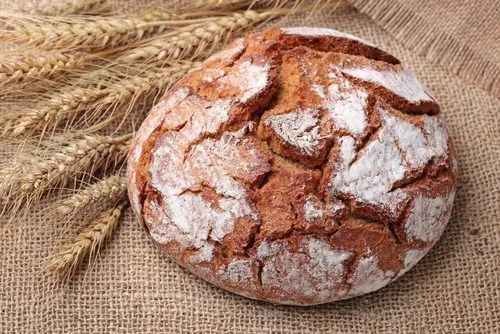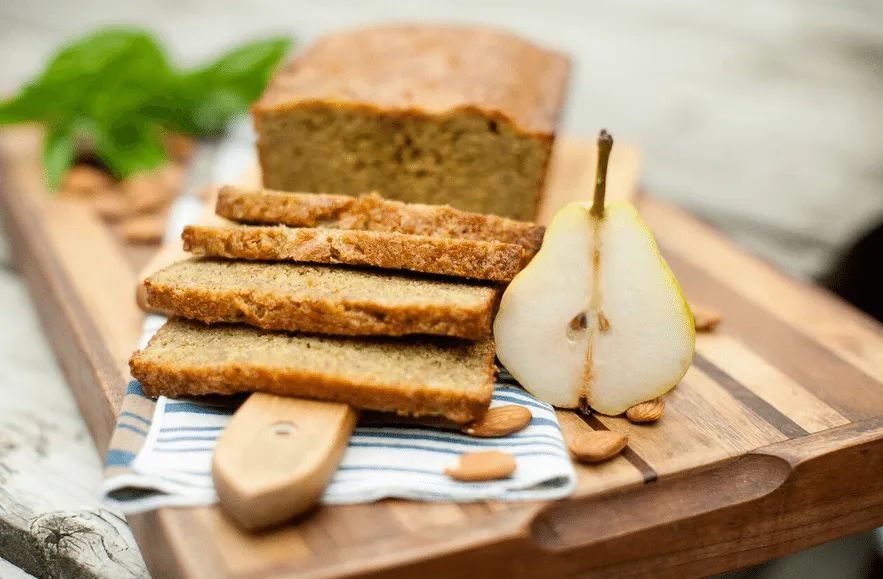
Taste of the Valley: Breaking Bread
Bringing this staple back to the table
Our eating habits are changing. Evening meals are slimming down, with fewer side dishes on the table. One of the first side dishes to be jettisoned was bread. Some of the decline can be due to the growth of gluten-free diets, but since there are gluten free breads, not all of the drop can be attributed to this.
To my maternal grandparents, immigrants from Eastern Europe, no bread at a meal would be unthinkable. Bread was always on the table. It didn’t matter if it was a weekday meal or a large holiday gathering, bread was there. Frequently it was homemade. One of my favorite memories as a child was sitting at their dining room table with a slice of Russian rye bread with caraway seeds ( I called it brown bread with worms) slathered with real butter.
Even the French are eating less bread, down to a half a baguette a day. How can this be? Jacque Pepin on many of his cooking shows talked about his mother going every morning to the bakery to buy bread.
It’s time to reverse this trend and homemade bread is just the thing. After all, who can resist the aroma of baking bread? Why not give some of these irresistible bread recipes that I’ve gathered a try. They are sure to satisfy the palate as well as the nose.
There is a Basic White Bread that has been a family standby. I have used it for a lot of breadsticks. The Swedish Limpa Rye is a nice brown bread with a more delicate flavor than other ryes (even my childhood favorite). For those needing something gluten free and homemade, Jackie Rumph, Yellowstone County’s Family and Consumer Sciences Extension Agent has Sorghum Bread. For the breakfast table this holiday season, there’s a wonderful pear cake recipe that’s an original from the folks here in Billings at Lucky’s Market that’s a perfect breakfast bread. Think about it toasted!
Bread was once an essential element in our diet. We broke bread with friends, existed on rations of bread and water, knew which side of our bread was buttered, had our bread winners, and learned faith-based lessons about the Bread of Life.
Let’s put bread back on our tables.
Enjoy!
BASIC WHITE BREAD
~ Recipe from Kay Erickson
1/2 c. milk
3 T. sugar
2 t. kosher salt
3 T. unsalted butter
2 packages of active dry yeast (about 6 tsp of dry yeast)
1 ½ c. warm water (105 to 115 degrees)
5-6 c. unbleached or all-purpose flour
DIRECTIONS
Combine the milk, sugar, salt and unsalted butter in a small saucepan. Heat over low heat until butter melts and sugar dissolves. Cool to lukewarm. Dissolve yeast in warmed water in bowl of stand mixer. Add lukewarm milk mixture and 4 ½ cups of flour. Mix with dough hook on medium low speed. Mix for 1 minute. Continue on medium-low speed and add remaining flour, about 1/3 cup at a time until dough clings to hook and cleans sides of bowl. Knead on medium-low speed for 2 minutes longer or until dough is smooth and elastic. Dough will be slightly sticky to the touch. Place in a greased bowl, turning once to grease top. Cover with plastic wrap and a kitchen towel and let rise in a warm place, free from draft until doubled in bulk, about 1 hour. (I like to let mine rise in my turned off oven (electric stove), with the oven door slightly ajar so the oven light is on. Grease or use baking spray to coat two 8 ½ x 4 ½ x 2 ½ inch loaf pans. Punch the dough down and divide in half. On a lightly floured work surface, shape each half into a loaf and place in prepared loaf pans. Cover both pans with plastic wrap sprayed with baking spray or oiled, and with a kitchen towel. Let the loaves rise in a warm place free from draft until doubled in bulk, about 1 hour. If using your oven as the warm place, be sure to remove them before preheating your oven. Preheat the oven to 400 degrees. Bake for about 30 minutes. Remove from pans immediately and cool on wire racks. Makes 2 loaves.
BREADSTICKS
To alter the recipe for breadsticks, after the first rising, punch down the dough and divide into four equal parts. Shape each part into a cylinder 12 inches long. Cut each cylinder into twelve 1-inch pieces. One at a time, roll up each piece between your hands and then roll it out on the floured work surface into an even stick about 1/3” in diameter. Grease two baking sheets and sprinkle them with cornmeal. Preheat the oven to 300 degrees. Place the sticks on the baking sheets, cover them with a kitchen towel and let them rise in a warm place for 15 minutes. Brush them with a mixture of beaten egg and about ¼ teaspoon of table salt and then sprinkle them with coarse salt, poppy or sesame seeds. Bake for 30 minutes, then increase the heat to 350 degrees and bake until nicely browned, about 5 minutes more. Recipe makes about 48 breadsticks. NOTE: I made breadsticks all the time when my daughter was little. When making them for her I brushed them with the egg and salt mixture but did not sprinkle them with anything.

LIMPA SWEDISH RYE
~ Recipe from Kay Erickson
2 packages of dry yeast
½ c. warm water
½ c. packed brown sugar
1/3 c. molasses
2 T. butter
1 t. salt
4 t. grated orange rind
¾ t. anise seeds
1 ½ c. hot water
2 ½ c. rye flour
3 ½ to 4 c. all-purpose flour
DIRECTIONS
Soften the yeast in the warm water. Combine the brown sugar, molasses, butter, salt, orange rind and anise seed in a large bowl. Add hot water and blend. Cool to lukewarm. Beat in 1 cup of rye flour gradually. Add all of the rye flour and beat hard. Mix in enough all-purpose flour (about 2 ½ to 3 cups) to make soft dough. Beat until dough comes away from the side of the bowl. Turn onto floured surface and let rise for 10 minutes. Knead in enough remaining flour to make smooth elastic dough that does not stick to kneading board. Form into a ball and put into greased bowl. Cover and let rise again until double in bulk (about 30 minutes). Bake at 375 degrees for 25 to 30 minutes. Remove to rack and immediately brush lightly with milk. Recipe makes 2 loaves.

GLUTEN FREE SORGHUM BREAD
This recipe is provided by Jackie Rumph, Family and Consumer Sciences Extension Agent with MSU Extension Yellowstone County. It was developed by Bette Hagman for Twin Valley Mills, LLC and is provided courtesy of Twin Valley Mills, (www.twinvalleymills.com). Additional recipes using sorghum flour may be found in Bette’s book, The Gluten-Free Gourmet Bakes Bread.
1 c. sorghum flour
⅔ c. tapioca flour
⅔ c. cornstarch
1½ t. xanthan gum
⅓ c. dry milk powder or nondairy substitute
½ t. salt
1 t. unflavored gelatin
1 t. baking powder
3 T. sugar
2 ¼ t. dry yeast granules
2 eggs
½ t. dough enhancer or vinegar
3 T. vegetable oil
1 c. Lukewarm water (more or less)
DIRECTIONS
Grease an 8½” by 4½” loaf pan and dust with rice flour. Combine the dry ingredients in a medium bowl. In the mixing bowl of a heavy duty mixer, whisk the eggs, dough enhancer and oil. Add most of the water, holding back about 3 tablespoons to add as needed. Turn mixer to low and add the flour mixture a little at a time. The mixture should be the consistency of cake batter. Add the remaining water a little at a time to achieve this texture. Turn mixer to high and beat for 3½ minutes. Spoon into the prepared pan, cover and let rise in a warm place about 35 minutes for rapid rising yeast or roughly 60 minutes for regular yeast or until dough reaches the top of the pan. Bake 50 to 55 minutes in a 400°F oven, covering after 10 minutes with aluminum foil. Remove from pan and cool on wire rack.
NOTE: Many of the ingredients are available at whole or natural food stores in bulk or are produced by Bob’s Red Mill. Jackie says gluten helps to form the structure in our baked products. Particularly in breads as part of the kneading process, we bring out this protein and as it bakes it hardens to form the texture and hold the volume we associate with baked breads. Recipes without this protein have more ingredients that help form the texture associated with bread. Also, when using gluten free flour as a major part of cooking, it might be simpler to either create a master mix or buy a master mix, consisting of multiple flours. In most baked gluten free recipes, there is more than one type of gluten free flour, each with different after tastes and flavors. They also behave differently in baked products. This variety helps to prevent a bitter aftertaste, or a soggy or dry texture.

LUCKY’S BUCKWHEAT PEAR CAKE
~A Lucky’s Bakehouse Original Recipe
4 sticks of softened butter (2 cups)
3 1/3 c. granulated sugar
2 T. vanilla extract
12 eggs
3 c. almond flour or finely ground almonds
1 ½ c. buckwheat flour
1 1/3 c. all-purpose flour
2/3 c. cornmeal
4 t. baking powder
4 t. salt
2 c. grated pears about 4 (slightly under-ripe pears grate the best)
Sliced pears for garnish
Granulated sugar for garnish
DIRECTIONS
Preheat Oven to 350 degrees and grease two standard (9x5 inch) loaf pans. NOTE: For easy release from the pan, line the loaf pans with parchment paper, leaving a 2 inch overhang on both sides and spray with cooking spray or grease pan and paper. Mix together butter and sugar on medium speed until light and creamy, about 2-3 minutes. Add eggs and vanilla to creamed butter/sugar and mix on low until combined, about 2 minutes. Mix together the remaining dry ingredients and whisk lightly to combine. Add dry mix to butter/egg batter and mix until combined. Add grated pears and mix till thoroughly incorporated. Pour finished cake batter into pans. Garnish with pear slices and sprinkled sugar on top. Bake for 55-65 minutes. The cake is done when a toothpick entered into the center comes back clean. To remove from pan, simply lift parchment paper from loaf pan to cool. NOTE: This cake can be baked in virtually any pan. Try mini loaf pans, cupcake tins, or a Bundt pan. Just fill pans no more than ¾ high and bake until a toothpick comes out clean.












